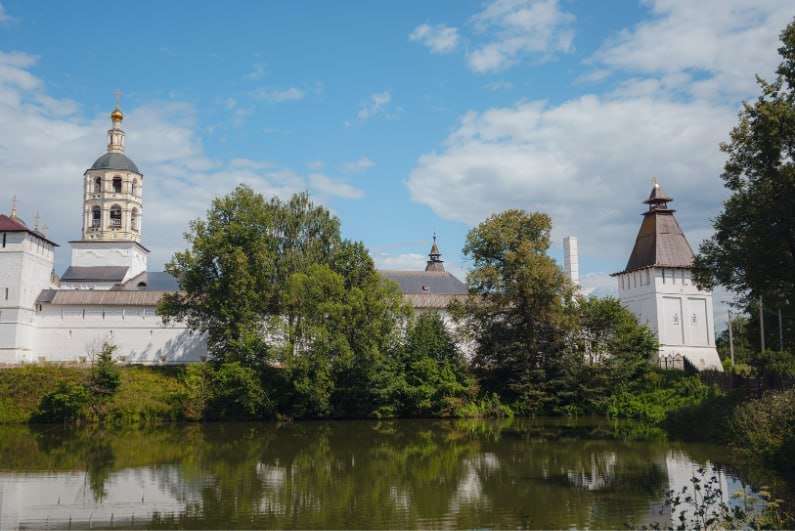“Dicksyong: A Journey Through Cultural Heritage”
Dicksyong, often spelled as “Diksyon” or “Diksyong,” is a fascinating aspect of cultural heritage that encompasses a variety of elements, including language, storytelling, music, and folklore. Originating from the Philippines, particularly in regions like the Visayas and Mindanao, Dicksyong holds a significant place in the hearts of many Filipinos, both locally and abroad. In this article, we’ll delve into the rich tapestry of Dicksyong, exploring its history, significance, and enduring appeal.
Understanding Dicksyong
At its core, Dicksyong refers to a form of oral tradition characterized by its poetic and rhythmic nature. It encompasses various genres, from humorous anecdotes and moral tales to epic narratives and love songs. What sets Dicksyong apart is its use of the Visayan language, rich with vivid imagery and cultural nuances.
The term “Dicksyong” itself comes from the Visayan word “diksyonaryo,” meaning dictionary. This reflects the idea that Dicksyong serves as a repository of knowledge, preserving traditions, beliefs, and values through its oral transmission.
Historical Roots
The roots of Dicksyong can be traced back to pre-colonial times when storytelling was a vital means of passing down history, customs, and wisdom from one generation to another. With the arrival of Spanish colonizers in the Philippines, Dicksyong evolved, blending indigenous narratives with elements of Catholicism brought by the colonizers.
During the American period and beyond, Dicksyong continued to thrive despite the challenges of modernization and globalization. It found new avenues of expression through radio, television, and digital media, reaching wider audiences while retaining its cultural essence.
The Art of Dicksyong
Central to Dicksyong is the art of storytelling, often accompanied by music and performed in a rhythmic, melodic style. Storytellers, known as “mananadya” or “magsusudlay,” possess a unique skill set, mastering the nuances of language, tone, and pacing to captivate their audience.
One of the most beloved forms of Dicksyong is the “balak,” a poetic composition that blends humor, satire, and social commentary. Balak artists, known for their wit and creativity, tackle a wide range of topics, from everyday life and politics to love and philosophy.
Themes and Messages
Dicksyong covers a diverse range of themes and messages, reflecting the complexities of Filipino society and human experience. Some common themes include:
1. Love and Romance: Many Dicksyong pieces explore the joys and tribulations of love, celebrating romantic gestures while also delving into the complexities of relationships.
2. Social Issues: Balak artists often use satire and humor to shed light on social issues such as poverty, corruption, and inequality, providing a platform for critical reflection and dialogue.
3. Cultural Identity: Dicksyong plays a crucial role in preserving and celebrating Filipino cultural identity, showcasing regional dialects, traditions, and values.
4. History and Legends: Epic narratives in Dicksyong often recount historical events or mythical tales, keeping alive the stories of heroes, legends, and supernatural beings.
Regional Variations
While Dicksyong is widely recognized across the Philippines, it also exhibits regional variations, each with its own unique style and flavor. For example:
- Visayan Dicksyong: The Visayan regions, including Cebu, Bohol, and Leyte, boast a vibrant tradition of Dicksyong, characterized by its melodic cadence and playful use of language.
- Mindanao Dicksyong: In Mindanao, Dicksyong reflects the rich cultural diversity of the region, blending influences from indigenous tribes, Muslim communities, and Spanish heritage.
- Bisrock: A modern twist on Dicksyong, Bisrock (short for Bisaya rock) combines Visayan lyrics with contemporary rock music, appealing to younger audiences while maintaining a connection to traditional roots.
Cultural Preservation and Revival
In recent years, there has been a renewed interest in preserving and reviving Dicksyong as part of efforts to safeguard Filipino cultural heritage. Cultural organizations, schools, and local communities have played a crucial role in promoting Dicksyong through festivals, workshops, and performances.
Moreover, digital platforms and social media have provided a global stage for Dicksyong artists to showcase their talent and reach a broader audience, transcending geographical boundaries and fostering cultural exchange.
The Future of Dicksyong
As we look ahead, the future of Dicksyong appears promising yet challenging. While it continues to evolve and adapt to modern trends, there is a need to ensure that its authenticity and cultural significance are preserved.
Education plays a vital role in this endeavor, with efforts to integrate Dicksyong into school curricula, thereby instilling a sense of pride and appreciation for cultural heritage among the younger generation.
Additionally, collaborations between Dicksyong artists, scholars, and cultural institutions can further enrich our understanding of this art form, documenting its history, techniques, and impact on Filipino society.
In conclusion, Dicksyong stands as a testament to the enduring power of oral tradition and storytelling in preserving cultural heritage. Its vibrant melodies, poignant lyrics, and timeless themes continue to captivate audiences, bridging the past with the present and inspiring future generations to celebrate their roots.
Through ongoing efforts to promote, preserve, and innovate, Dicksyong will undoubtedly remain a cherished treasure in the cultural tapestry of the Philippines, embodying the resilience, creativity, and spirit of its people.

